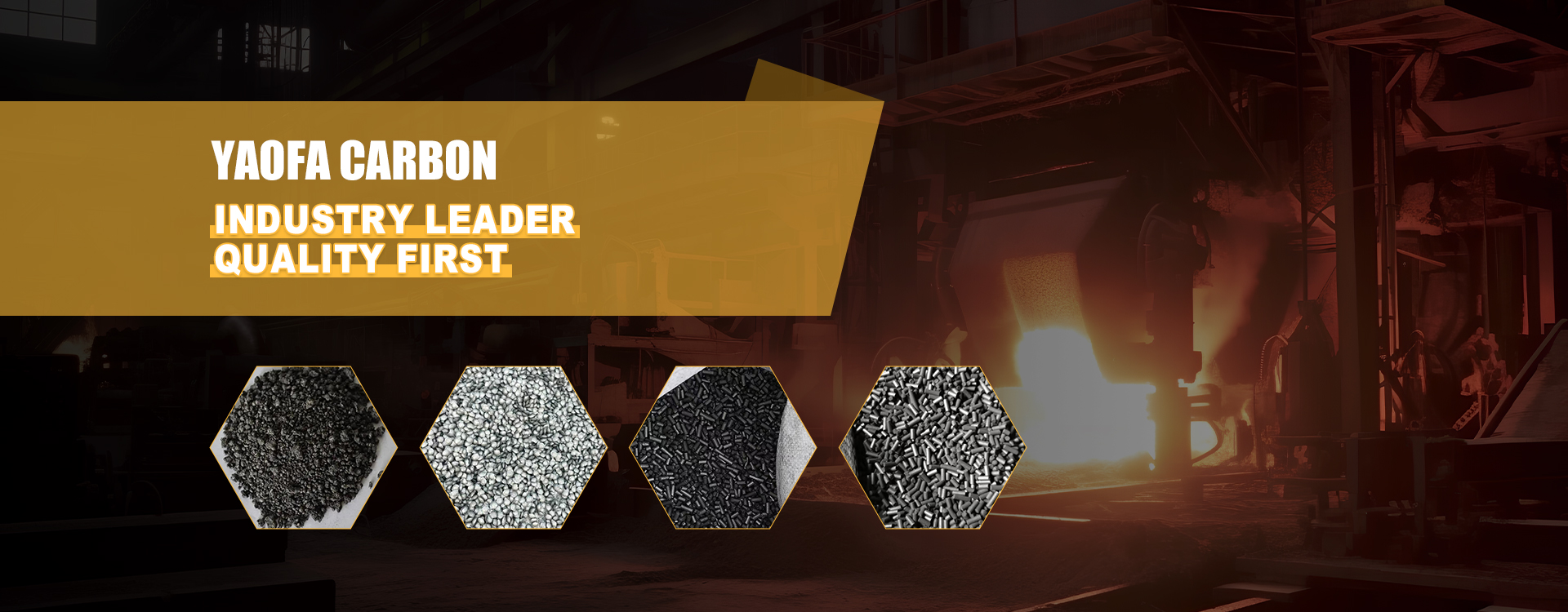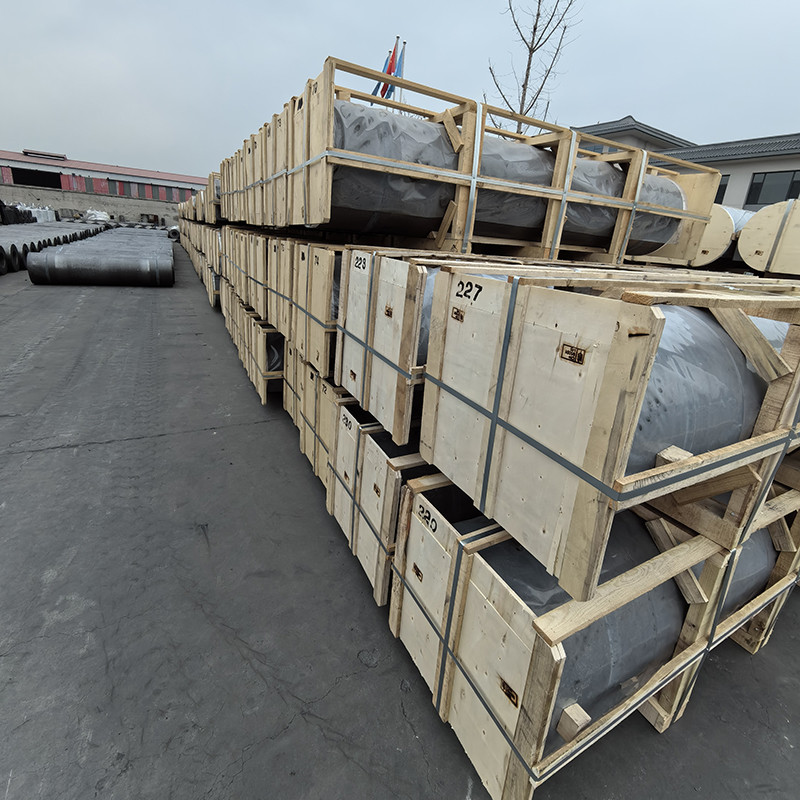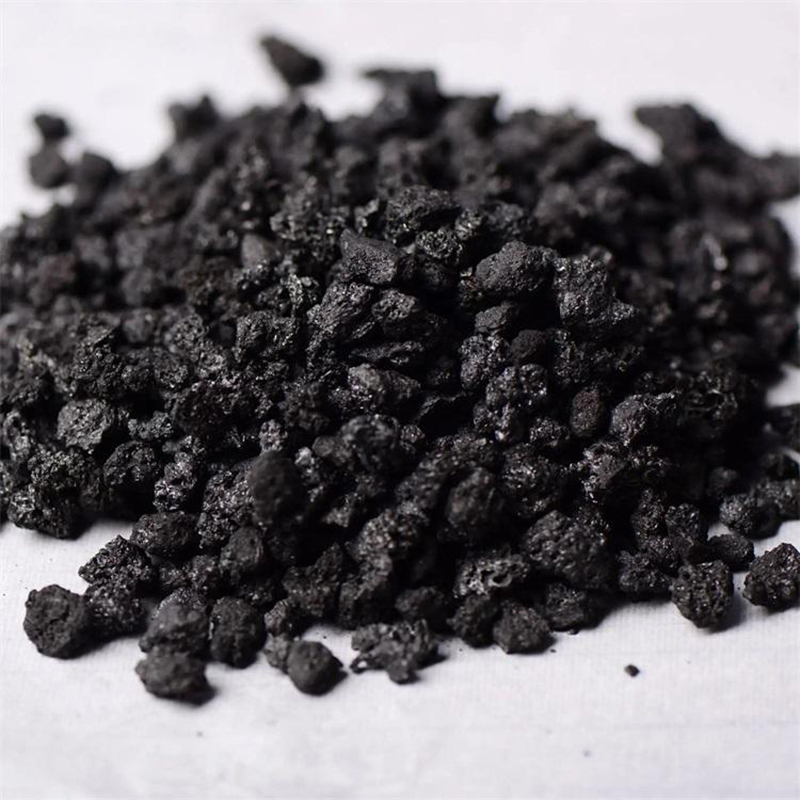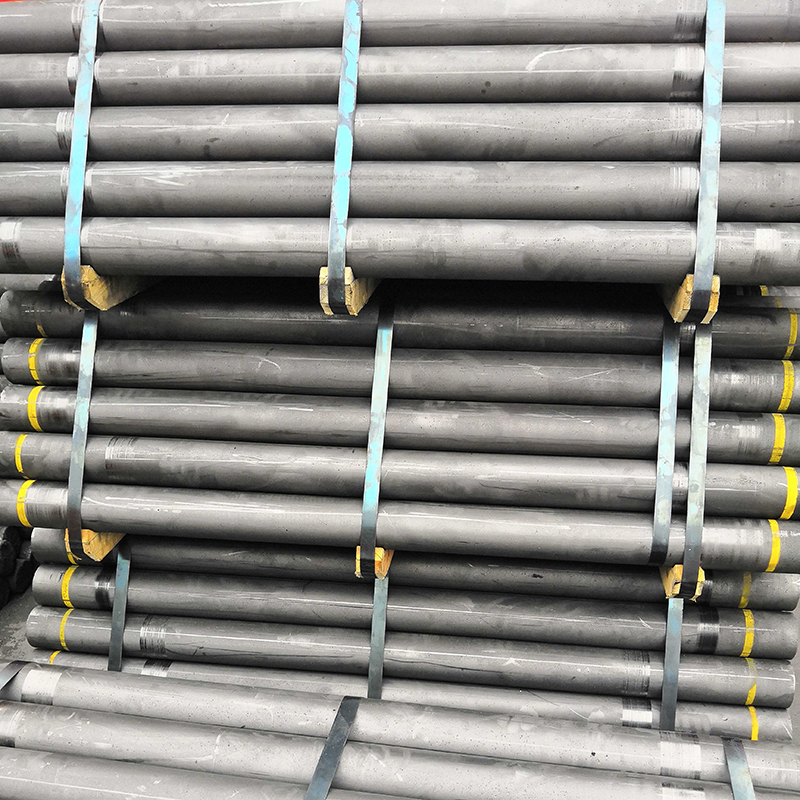- Chinese
- French
- German
- Portuguese
- Spanish
- Russian
- Japanese
- Korean
- Arabic
- Irish
- Greek
- Turkish
- Italian
- Danish
- Romanian
- Indonesian
- Czech
- Afrikaans
- Swedish
- Polish
- Basque
- Catalan
- Esperanto
- Hindi
- Lao
- Albanian
- Amharic
- Armenian
- Azerbaijani
- Belarusian
- Bengali
- Bosnian
- Bulgarian
- Cebuano
- Chichewa
- Corsican
- Croatian
- Dutch
- Estonian
- Filipino
- Finnish
- Frisian
- Galician
- Georgian
- Gujarati
- Haitian
- Hausa
- Hawaiian
- Hebrew
- Hmong
- Hungarian
- Icelandic
- Igbo
- Javanese
- Kannada
- Kazakh
- Khmer
- Kurdish
- Kyrgyz
- Latin
- Latvian
- Lithuanian
- Luxembou..
- Macedonian
- Malagasy
- Malay
- Malayalam
- Maltese
- Maori
- Marathi
- Mongolian
- Burmese
- Nepali
- Norwegian
- Pashto
- Persian
- Punjabi
- Serbian
- Sesotho
- Sinhala
- Slovak
- Slovenian
- Somali
- Samoan
- Scots Gaelic
- Shona
- Sindhi
- Sundanese
- Swahili
- Tajik
- Tamil
- Telugu
- Thai
- Ukrainian
- Urdu
- Uzbek
- Vietnamese
- Welsh
- Xhosa
- Yiddish
- Yoruba
- Zulu
- Kinyarwanda
- Tatar
- Oriya
- Turkmen
- Uyghur

hp 100mm graphite electrode
html
Understanding the Role of HP 100mm Graphite Electrode in Industrial Applications
The HP 100mm graphite electrode might seem niche, but in industries reliant on electric arc furnaces, it’s critical. While discussions around graphitic materials often focus on large-scale sizes, the smaller diameters like 100mm hold their own unique relevance, especially in specific operational settings. Here, we dive into the subtle nuances of these components.
Why Size Matters in Graphite Electrodes
When it comes to graphite electrodes, many instantly think of larger diameters. However, the 100mm variant holds specific engineering advantages worth pondering, especially in setups where precision and detailed application dictate the operations.
I once encountered a scenario where the reduced diameter played a pivotal role. In a small-scale specialty steel plant, the facility’s constraints demanded a more tailored approach to electrode usage, where a focus on granularity offered enhanced control over the electric arc's penetration and distribution.
In fact, the size of an electrode isn't just about fit or standardization; it’s a matter of optimizing how efficiently energy is transferred into the furnace. Here, the HP 100mm acts as a balance between conductivity and resource management, especially under high-stress conditions.
Material Composition's Critical Influence
Hebei Yaofa Carbon Co., Ltd., a known entity in carbon manufacturing, has significant expertise in production. Their choice of high-performance (HP) grades ensures that these electrodes manage substantial electrical loads without compromising structural integrity.
The composite material and quality controls ensure that even the smaller diameter electrodes like the 100mm can withstand demanding operational environments. This aspect is crucial for companies navigating energy-intensive processes where electrode failure could halt critical production lines.
I've observed operations where substandard electrodes led to catastrophic delays. The investment in high-quality suppliers, such as those found at Hebei Yaofa Carbon Co., Ltd., becomes not just beneficial — it’s essential for operational reliability.
Real-world Applications and Challenges
Implementing the HP 100mm graphite electrode often involves overcoming specific application challenges. For instance, in scenarios where electrical resistivity must be minimized, and thermal expansion managed tightly, companies must carefully consider their electrode selection.
I've seen first-hand how these variables come into play in specialty alloys production. The nuances in these specific industries mean that one-size-fits-all approaches aren’t just inadequate; they can be detrimental.
That being said, one of the common stumbling blocks involves compatibility with existing setups. Establishing a baseline of equipment and then tailoring electrode specifications optimally reduces downtime and supports seamless integration.
The Environmental and Economic Considerations
While technical attributes are essential, environmental and cost factors cannot be overlooked. As regulations tighten, manufacturers are pushed to adopt more sustainable materials and processes, which is something that Hebei Yaofa Carbon Co., Ltd. expressly emphasizes in their production ethos.
Cost management is another side of the coin. High-quality electrodes like the HP 100mm may have a steeper initial outlay than lower-grade alternatives, but their durability and efficiency translate to fewer replacements and less frequent maintenance.
Such strategic decisions impact a company's bottom line positively over time. A careful balance between upfront investment and long-term gains often proves to be the most viable strategy in competitive industrial landscapes.
Conclusion: The Practical Insights of HP 100mm Graphite Electrode Usage
To encapsulate, the HP 100mm graphite electrode isn't just an equipment specification; it's a crucial component that demands thoughtful consideration in any operation using electric arc furnaces. The insights from working with different sizes and qualities of electrodes underscore the importance of aligning product choice with operational goals.
As industries evolve and demands become more specialized, maintaining partnerships with reliable suppliers like Hebei Yaofa Carbon Co., Ltd. ensures access to products that support innovation while grounding them in real-world practicality.
The evolving narrative around graphite electrodes continually features technological refinement, making informed decisions essential in maintaining operational efficiency and achieving the desired results.
Related products
Related products













